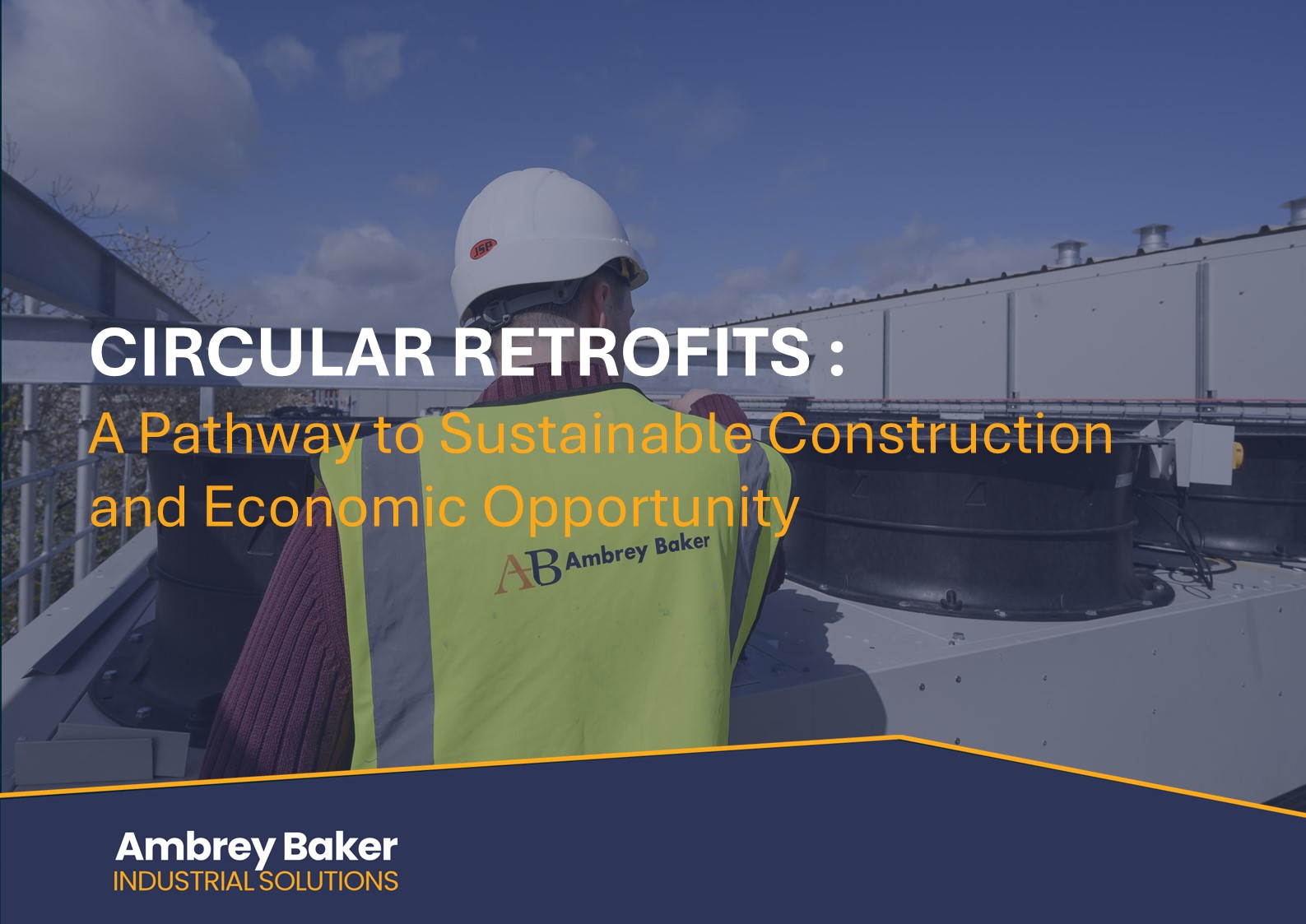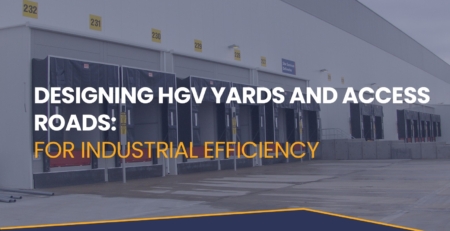Circular Retrofits: A Pathway to Sustainable Construction and Economic Opportunity
The global construction sector is under increasing pressure to decarbonise and reduce its reliance on finite natural resources. With the built environment responsible for nearly 40 percent of global energy-related carbon dioxide (CO₂) emissions, and with building operations alone accounting for over a quarter of these emissions, the urgency for transformation is evident. According to the recent white paper Circularity in the Built Environment: Unlocking Opportunities in Retrofits, published by the World Economic Forum in collaboration with McKinsey & Company, retrofitting existing buildings presents a practical and impactful solution.
The Growing Importance of Retrofitting
The world continues to urbanise at an unprecedented pace. The United Nations reports that a city the size of Paris is constructed every week. Yet over 80 percent of the buildings that will exist in 2050 have already been built. Many of these structures are ageing, energy inefficient, and resource intensive. Rather than replacing them, the paper advocates for widespread retrofitting as a means to reduce emissions and conserve materials.
Retrofitting offers several advantages over new construction. It typically requires less time and fewer resources, reduces operational emissions, and retains the embedded carbon of existing structures. In many cases, retrofits can be cost-neutral or even cost-saving when energy savings, shorter timelines, and lower material use are considered.
The Case for Circularity
Circularity in retrofits involves retaining, reusing, recycling, and repurposing materials to reduce the extraction of virgin resources and avoid waste. This approach not only benefits the environment but also presents significant economic opportunities.
The report estimates that between 2023 and 2050, nearly 40 billion tonnes of materials will be needed for global retrofitting efforts. Without circular practices, this demand would place enormous strain on supply chains and resource stocks. However, with circularity, approximately 50 percent of materials removed during retrofits could be reused or recycled. This would divert an estimated $600 billion worth of material from landfill and reduce emissions by up to 500 million metric tonnes of CO₂ equivalent annually by 2050.
Economic Growth and Job Creation
Embracing circular retrofitting is not only a sustainability imperative but also an economic opportunity. The retrofit market is projected to grow from $500 billion today to $3.9 trillion by 2050. Materials alone are expected to account for around 60 percent of this expenditure, highlighting the critical role of resource efficiency.
Additionally, circular retrofitting can create local employment opportunities. Jobs in material recovery, refurbishment, logistics, and circular design could support more than 2 million new roles and over 141 million job-years across North America and Europe. These activities stimulate local economies and enhance workforce resilience.
Global Readiness and Regional Disparities
Europe is leading the way in implementing circular practices, driven by strong regulatory frameworks, advanced recycling infrastructure, and established take-back schemes. The European Union’s Renovation Wave strategy, which aims to renovate 35 million buildings by 2030, serves as a model for others.
In North America, while progress is more fragmented, initiatives such as the New York Circular City Initiative show potential. The Asia-Pacific region, home to 60 percent of global building assets, faces a different challenge. Much of its building stock is younger, but its rapid urbanisation offers a chance to embed circularity into new construction from the outset.
The Middle East and Africa, along with Latin America, are at earlier stages in adopting circular practices. However, rising urbanisation and emerging policy frameworks, such as the UAE’s Circular Economy Council, suggest momentum is building.
The Business Case for Circular Retrofits
While initial costs for circular retrofitting may be higher than traditional approaches due to labour, sorting, and storage requirements, the long-term financial and environmental benefits outweigh these barriers. Rising landfill taxes, decarbonisation incentives, and growing demand for sustainable buildings are shifting the economic balance.
Moreover, new business models such as “material-as-a-service” or “energy-as-a-service” allow construction firms and building owners to lease systems and materials, ensuring their eventual return and reuse.
A Turning Point for the Industry
The transition to a circular value chain in retrofitting offers one of the most significant levers for decarbonising the built environment. It presents a rare convergence of environmental responsibility, economic opportunity, and practical feasibility.
As the white paper concludes, the success of this transition will depend on how well stakeholders integrate circular principles into entire ecosystems rather than isolated projects. Cities and regions that lead in this area will not only meet their sustainability goals but also gain a competitive edge in the future of construction.
Source: World Economic Forum and McKinsey & Company (January 2025), Circularity in the Built Environment: Unlocking Opportunities in Retrofits.
https://www.weforum.org/publications/circularity-in-the-built-environment-unlocking-opportunities-in-retrofits/











